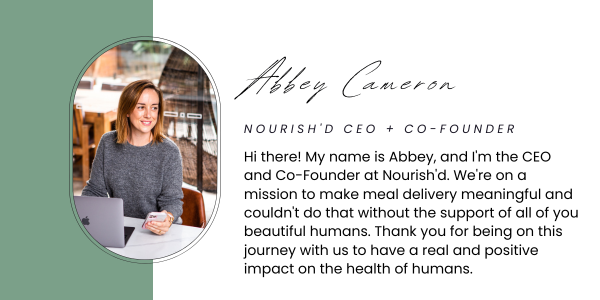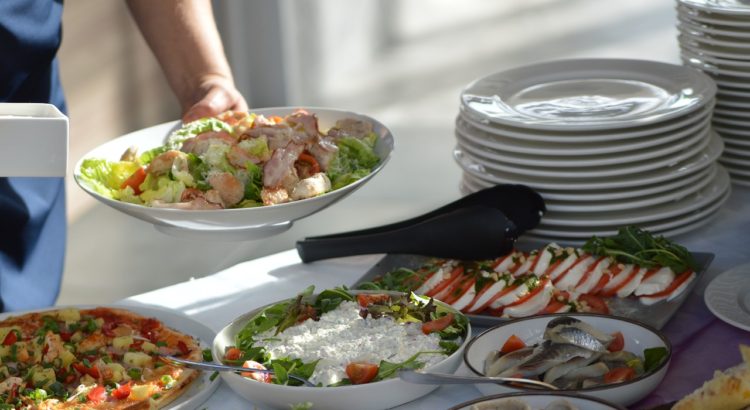Sure, it’s several months past New Year but it’s always a great time to have a fresh start. Thousands of individuals in Australia vow to boost their health and fitness every year and in honor of their great intentions, we have compiled an awesome list of some of the most popular diets – some of which may be familiar to you. If you’re still wondering what diet suits you best, keep reading.
KETOGENIC
The ketogenic diet a low carb way of eating. Like the name suggests, your body is goes into a state of ketosis - making the body produce more ketones. Ketones are an alternative fuel molecules to glucose - meaning your body uses them up for energy instead. In a nut-shell, because you are feeding your body more fat and less carbs, it learns to burn fat for energy. Some strict diet plans, such as Atkins and LCHF (low carb, high fat), end up being ketogenic for most people. Since your fuel supply is dependent entirely on fat, your fat burning increases and insulin levels drop dramatically.
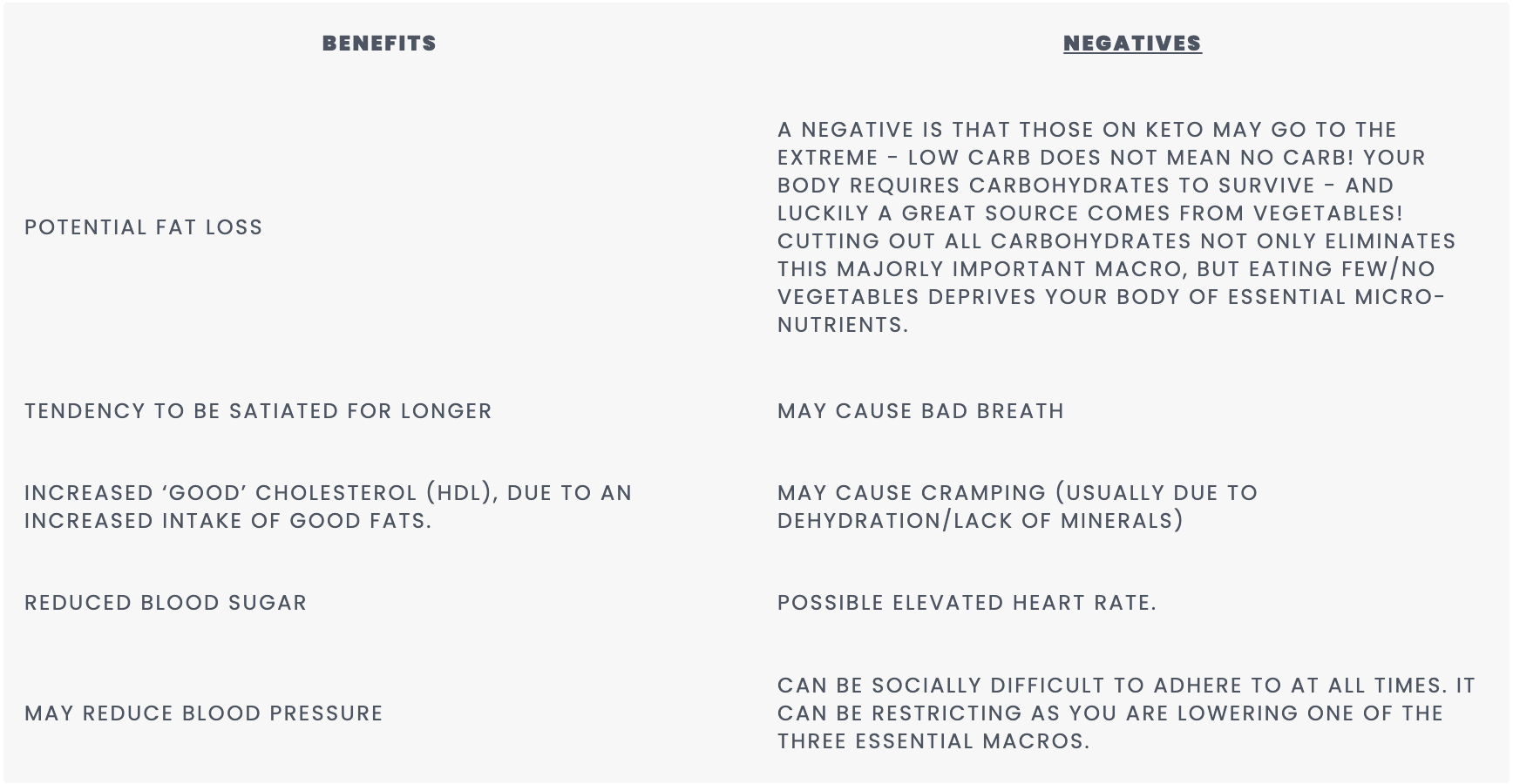
OUR RECOMMENDATION: As with anything a bit extreme, ensure you research. Consult a properly informed health care professional about your personal situation (we have some great nutritionists we can recommend if needed) and make an informed decision. If you’re just starting out on your health journey, consider a switch to more healthy, whole, unprocessed foods before embarking on something a bit more extreme.
MEDITERRANEAN
The diet contains staples typically consumed in countries surrounding the Mediterranean, such as Italy and Greece and focuses on hearty fats, including lots of essential omega-3 fatty acids. It gives importance to seafood, legumes, nuts, seeds, olive oil, whole grains and fruits and vegetables due to their healthy fat compositions, and other vital nutrients. As a bonus, it also advocates the consumption of red wine – in moderation, of course! A great example of a Mediterranean based meal is a serving of baked fish with a side of veggies and a glass of red wine. If this sounds appetizing to you (can I get a Hells Yeah) you’ve found your perfect match!
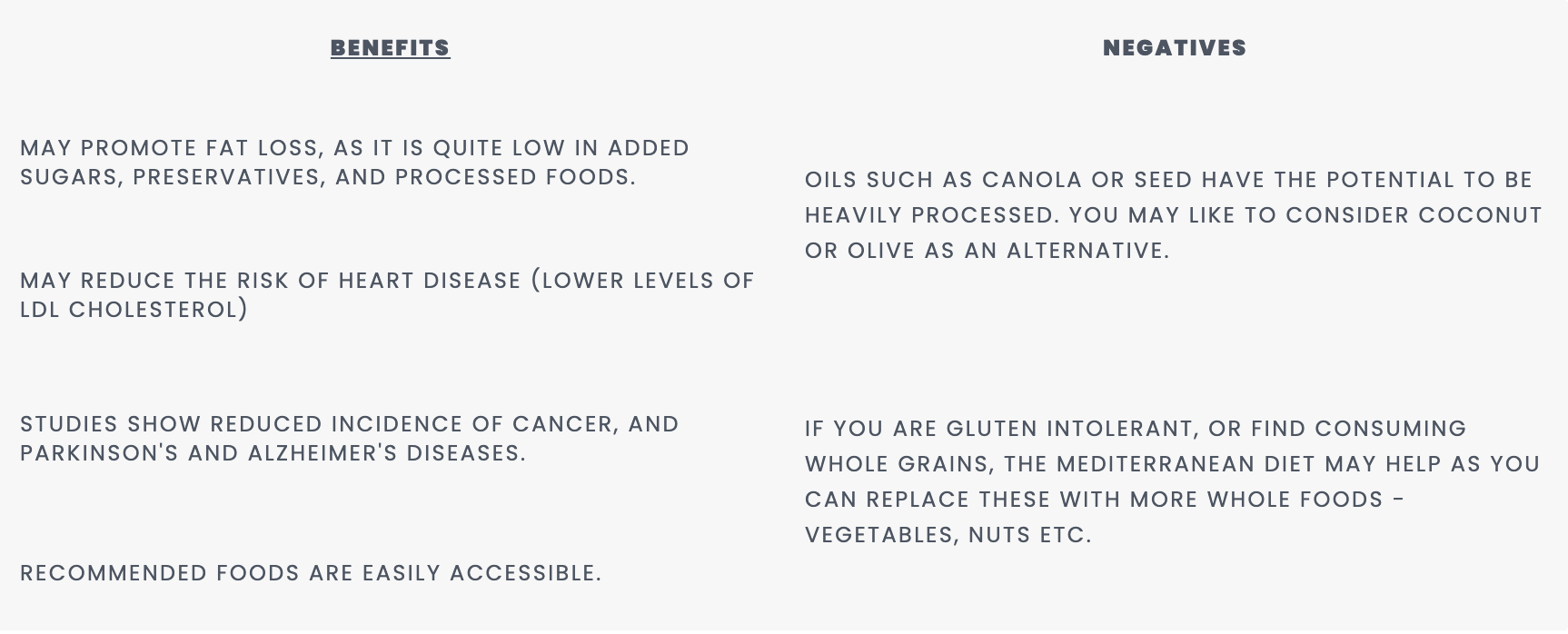
OUR RECOMMENDATION: If grains agree with you - go for it! There are loads of recipes out there on the internet to help get you started.
Lemon detox
Created by American naturopath, Stanley Burroughs, the lemon detox or Master Cleanse has been popular among celebrities around the world for many years. In fact, the diet is over 60 years old! It revolves around a simple concoction using lemon juice, water, cayenne pepper and maple syrup. Dieters drink about 8 glasses of the cocktail every day for 10 days along with laxative tea and salt water flushes. According to the company, the diet reduces the toxic waste material in the body and aids in quick weight loss. It is also designed to help the body take a break from solid food.

OUR RECOMMENDATION: There is no magic pill for health and weight loss - stop looking for one! If you’re keen for a body detox, there are some great ‘juice fasts’ out there that allow your body to refresh & recharge, while ensuring that it is still being supplied with essential nutrients for survival. We suggest checking out the documentary Fat, Sick & Nearly Dead (available on netflix) which will give you a load of information, and online resources, to make the best decision for yourself.
FODMAP
The FODMAP diet is constructed to help relieve your digestive problems by taking out common digestive triggers from your diet. The acronym, FODMAP, stands for fermentable oligosaccharides, disaccharides, monosaccharide and polyols. In English, these mean that for some people carbs that are difficult to digest in our bodies are fermented by bacteria, causing discomfort, bloating and common Irritable Bowel Syndrome (IBS) symptoms. By eliminating potential triggers to digestive ailments, you’ll be able to detect food sensitivities and manipulate your diet accordingly. Triggers include: Dairy products Dried fruit Beans and lentils Some vegetables, including squash, cabbage, broccoli, onions, and mushrooms. Tea & Coffee (caffeine) Agave, high-fructose corn syrup, artificial sweeteners, and processed sugar
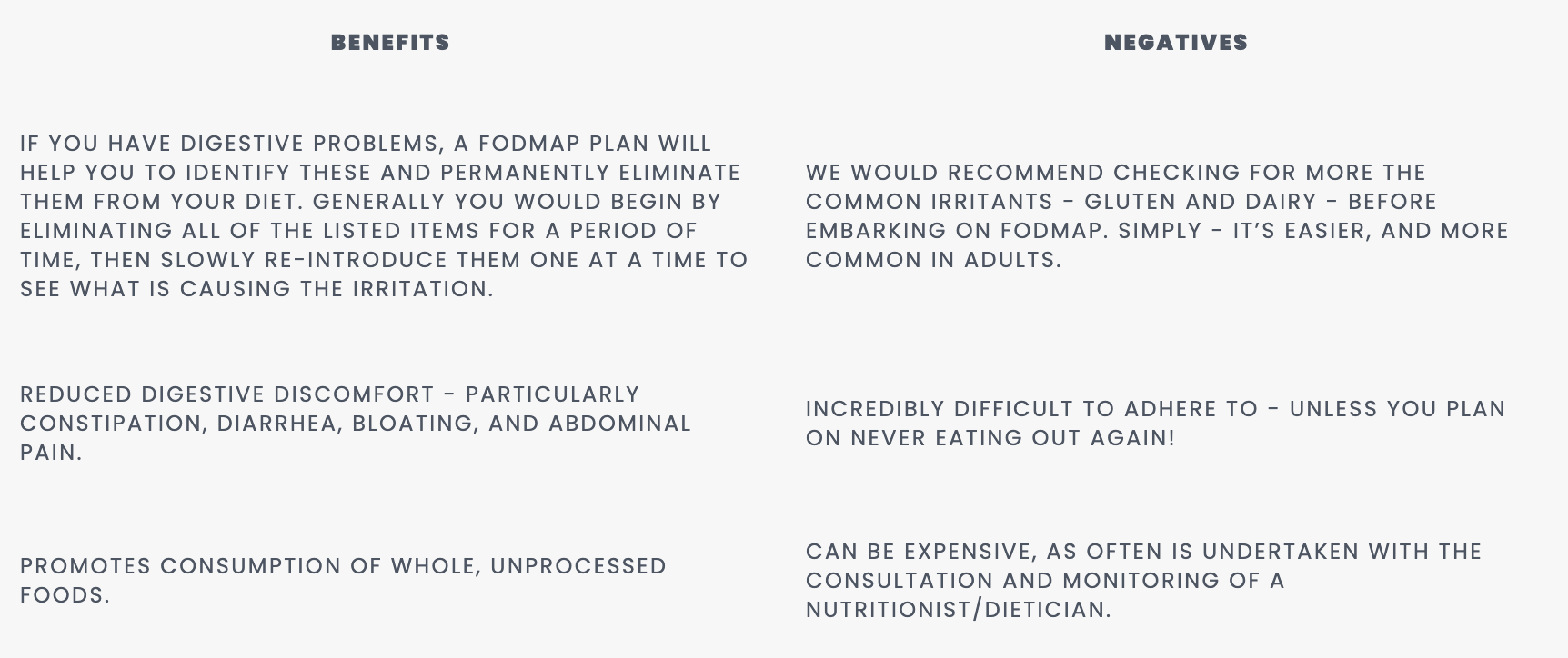
OUR RECOMMENDATION: FODMAP isn’t something you really need to do, unless you really need to do it (In our heads that totally makes sense…). We’d suggest if you have some gut irritations, try cutting out gluten and dairy for 30 days. If you are still suffering, it might be time to start looking at FODMAP’s - you can do this one your own with some online research, however can be a lot easier to monitor/stay on track with the aid of a nutritionst - of which we can recommend a couple of superstars!
PALEO/PRIMAL
Gaining in pop culture rhetoric over the past ten years, people are often surprised to find out that the paleo method has actually been around since the 70’s. Without going in to alllllllllll (and there’s A LOT!) of the science behind it, Paleo basically determines that the human body adapted over thousands of years to its environment - our ability to process nutrients was decided by our surroundings and the foods available to us. Until that is, mankind took a sharp turn and industrialised the production of foods our bodies weren’t traditionally used to - in particular grains, cereals, and dairy products. The argument is that our genetic makeup has only evolved by about 0.4% in the last 10 000 years, but many of the foods we now consume are vastly different from that of 10 000 years ago. So we’re eating things our bodies haven’t naturally adapted to consume. So what does that mean about what you can put in your gob? It’s actually pretty simple! A lot of media attention has focused on what you can’t eat according to the paleo method but if you focus on what you can it’s actually super easy. Here it is:
- Meat: Grass fed red meats, and free range poultry.
- Vegetables and Fruits: preferably seasonal
- Nuts and seeds
- Dairy: This is a grey area, some say do, some say don’t. We say, if your body can tolerate high fat, no shit added dairy products - go for it! There are loads of health benefits. But if you find yourself running for the loo every time you have a late, it might be time to cut the dairy.
Like we said - easy! The paleo method is really no different to a whole foods diet - it encourages eating unprocessed foods that are naturally produced in the environment they were supposed to be. And you can do soooooo much with it - just check out our menu!
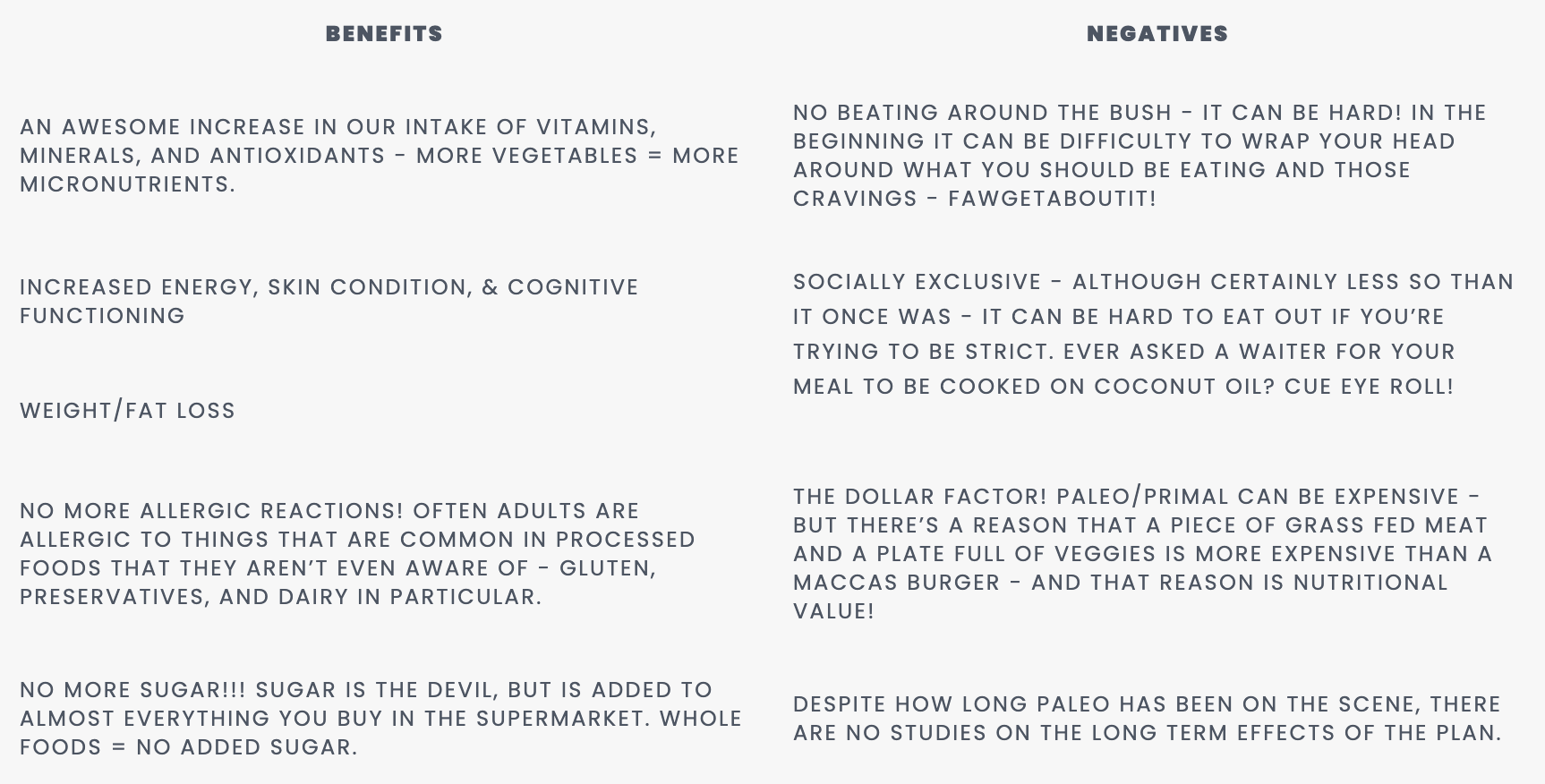
OUR RECOMMENDATION: Look here’s what we’re about - real foods, no added crap. It just happens that paleo/primal really fits into this philosophy. We believe the method can provide a really great, healthy life, but we’re not big believers in being overly ‘strict’ with all the rules. For example, if high fat dairy agrees with you, we think go for it - the benefits seem to outweigh the negatives! Same with legumes (particularly if you’re a vegetarian) - if your body thrives on them, why not. Just do us a favour and always check the ingredients for added nasties!
